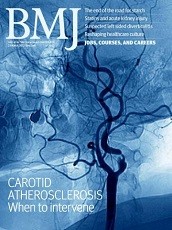WDS Thomas

Extract
As official spokesman for the association, your public comment is governed by association policy. Most certainly personal views that are at variance with association policy must remain exactly that – personal views that are not expressed publicly. In reality, that wasn’t a problem for me. But I do want to respond to a letter-to-the- editor published in the Aug. 15th issue of CMAJ. The letter requests a motion of censure against me for misusing the position of president to espouse my personal views on abortion . . .There was nothing of any substance in my Halifax speech that was not in keeping with CMA policy. . . the author of the letter obviously based his comment on incomplete mass media reporting of my speech or a lack of understanding.
Thomas WDS. The 1981 presidential valediction. Can Med Assoc J. 1981;125(8):904, 907-908, 913-914.
